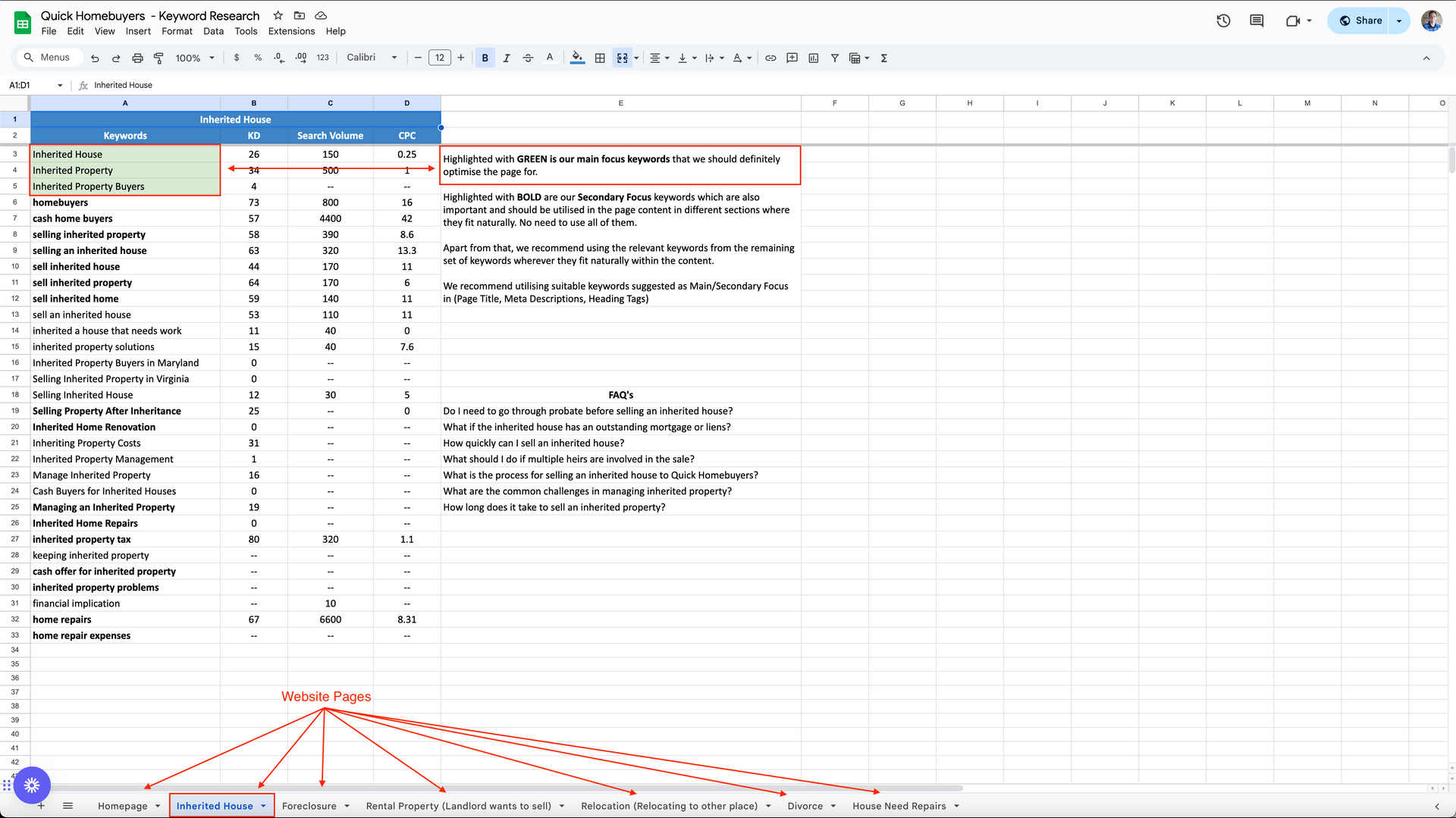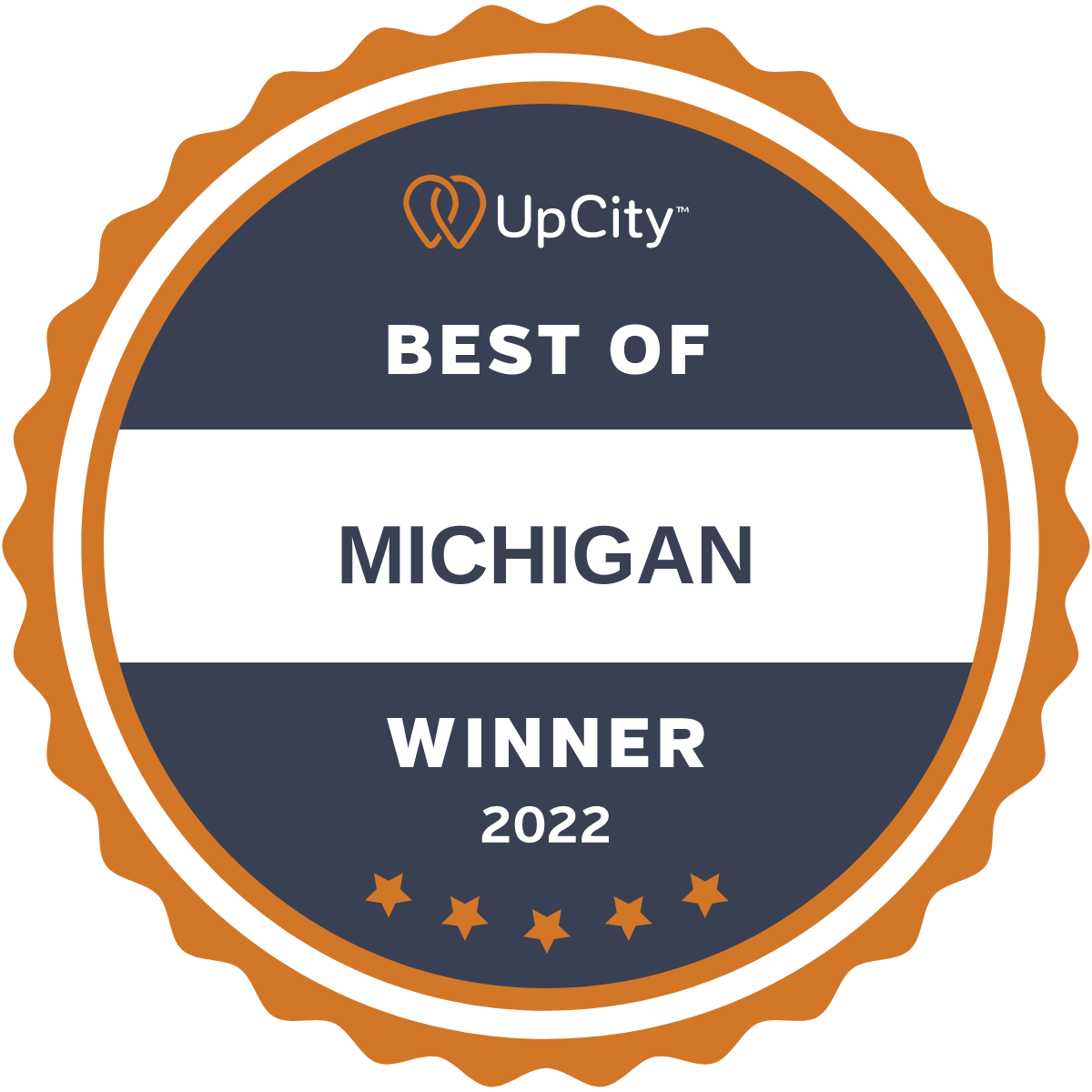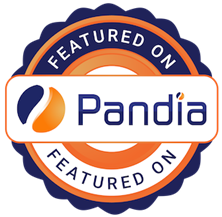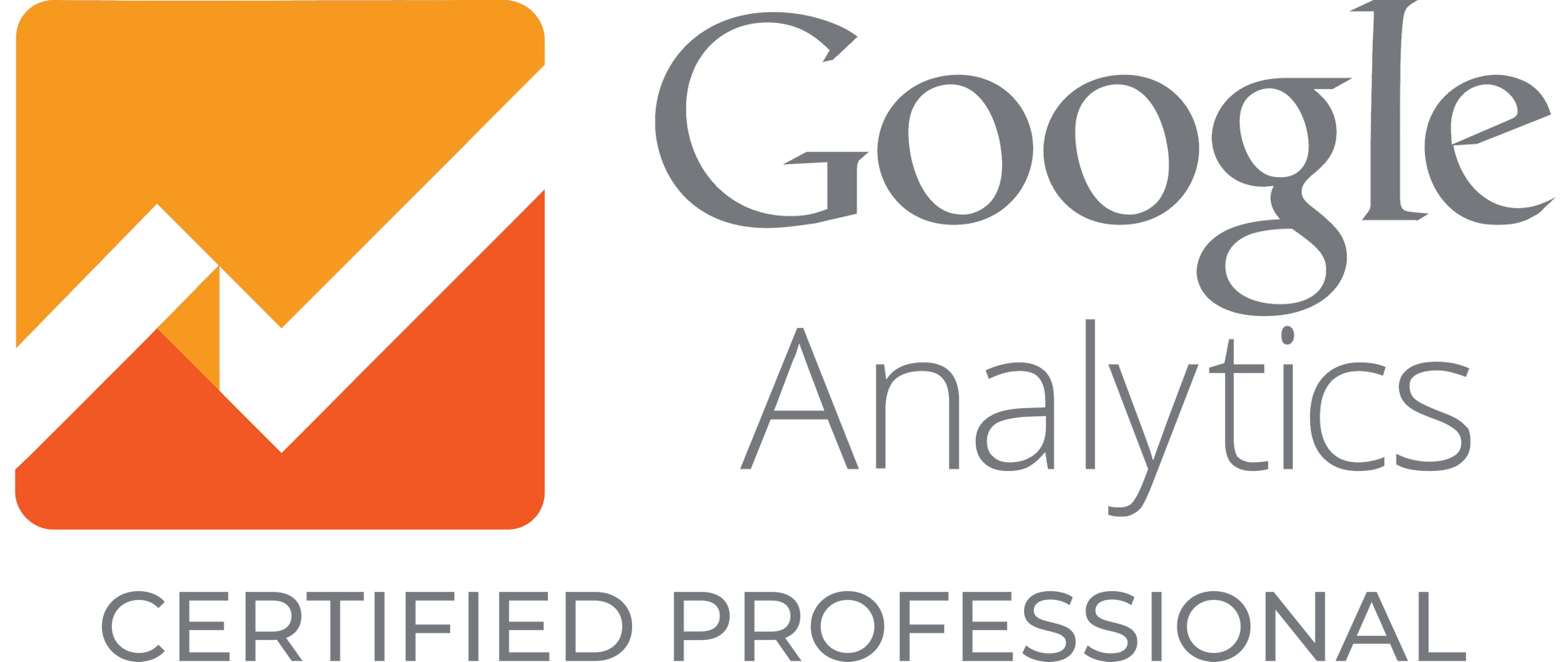The Complete Guide to Keyword Research for SEO Success
How does an SEO marketing agency perform keyword research? Identifying keywords and effectively mapping them to your content can propel a website's visibility, driving organic traffic and reaching the right audience. This guide will walk you through understanding keyword intent, keyword mapping, incorporating long-tail keywords, and using keyword research tools to maximize your SEO efforts.
📲 Do you need reliable SEO specialists and affordable SEO services to help with keyword research and selection? Schedule a Call with Speck Designs. 📞

Understanding Keyword Intent
Keyword intent is the foundation of effective keyword research and writing evergreen content for digital marketing. It represents the purpose behind a user's search query and provides insight into what information they seek. Understanding this is crucial because aligning your content with a user's intent ensures a better experience for them while also increasing the likelihood of ranking well on search engines.
There are four main types of keyword intent:
- Informational Intent
These keywords reflect that the user is looking for information. For instance, "how to start a garden" or "what is keyword intent" indicates that users want answers or insights. - Navigational Intent
Here, users are looking for a specific website or webpage. Keywords like "Facebook login" or "Wikipedia SEO" suggest they know what they're looking for and want to go directly there. - Commercial Investigation Intent
These users compare options and research before making a purchase. Keywords like "best gardening tools" or "SEO software comparison" show an interest in exploring choices. - Transactional Intent
With transactional keywords, the user is ready to purchase or take a specific action, such as "buy gardening tools online" or "sign up for an SEO course."
Knowing the keyword intent behind a query allows you to tailor content to meet the audience's needs. Content that aligns well with intent ranks higher because search engines, notably Google, prioritize user satisfaction by matching queries with the best available content.

What is Keyword Mapping and How Does It Work?
Keyword mapping focuses on assigning relevant keywords to specific pages on a website and creating a structured plan for targeting search terms across the site. This process ensures that each page is optimized for unique keywords, helping to avoid keyword cannibalization (where multiple pages compete for the exact keywords) and maximizing the reach and relevance of your content.
How Do You Perform Keyword Mapping Effectively?
Identify Keywords: Research keywords relevant to your brand, products, or services.
- Remember to Group Keywords by Intent and Topic
Organize keywords into groups based on topics and intent. For instance, a gardening blog may group keywords into categories like "plant care," "gardening tools," and "organic gardening." - Assign Appropriate Keywords to Blogs, Articles, and Landing Pages
Map each keyword group to specific pages on your site, ensuring that each page (and page type) has unique and relevant primary and secondary keywords.
Create or refine content to include the assigned keywords naturally in headings, subheadings, body text, and meta tags. - Monitor Results
Regularly monitor performance and adjust keyword mappings as needed. If a page isn't ranking as desired, consider refining the mapped keywords or re-optimizing the content.
By implementing keyword mapping, you create a structured framework that enables each page to perform well for its target keywords and provide value to users by fulfilling their search intent.
How Do You Incorporate Long-Tail Keywords?
Long-tail keywords are longer, more specific keyword phrases with lower search volumes but higher relevance and conversion potential. Because of their specificity, these phrases are often easier to rank for, allowing you to target niche audiences and align content closely with user intent.
For example, "SEO" is a highly competitive and generic keyword, whereas "how to do SEO for small businesses" is a long-tail keyword that attracts a more focused audience with a clear intent. Long-tail keywords also typically fall into informational or transactional intent categories, allowing you to target users at various stages of the buyer's journey.
Why Are Long-Tail Keywords Valuable for an SEO Campaign?
- Lower Competition
Long-tail keywords often have less competition, making it easier for smaller or newer websites to rank for these terms. - Higher Conversion Rates
Because they are specific, long-tail keywords often attract visitors further along in the buying journey, increasing the chances of conversions. - Better Alignment with Search Intent
Long-tail keywords typically have more apparent intent, making creating content that matches user expectations easier.
How Can You Incorporate Long-Tail Keywords into Content?
- Use Long-Tail Variations
Identify longer variations of your primary keywords. For example, instead of targeting "gardening tips," consider "gardening tips for beginners in small spaces." - Leverage Questions
Many long-tail keywords are phrased as questions, such as "how to care for tomato plants." Answering questions in your content directly addresses user intent and improves SEO. - Include Long-Tail Keywords in Blog Titles and Headers
Place long-tail keywords in prominent positions, such as titles, headers, and meta descriptions, to highlight relevance to users and search engines.
By targeting long-tail keywords, you create content that resonates more closely with your audience's needs, improving your chances of ranking for specific, high-intent queries.

Using Keyword Research Tools Effectively
Keyword research tools are indispensable for gathering insights into keywords, competition, search volume, and user intent. These tools simplify identifying high-value keywords that align with your SEO goals. Here are some practical ways to use popular keyword research tools:
1. Google Keyword Planner
Google Keyword Planner is free and provides data directly from Google. You can discover new keywords, view average monthly searches, and analyze competition levels. This is found in a Google Ads account, but it is free! If you don’t have a Google Ads account, you can open one for free and then navigate to the Tools, Planning, and Keyword Planner menu options.
Tips:
- Start with broad terms to see a wide range of related keywords.
- Use filters to narrow down results based on location, language, or average monthly search volume.
- Look for keyword trends over time to capitalize on seasonal or emerging topics.
2. SEMrush
SEMrush offers extensive insights, including keyword difficulty, CPC, and competition data. It also provides a "Keyword Magic Tool" for identifying keyword clusters and related terms.
Tips:
- Use SEMrush's "Keyword Difficulty" metric to find low-competition keywords.
- Leverage its keyword clustering capabilities to identify related terms for topic-focused content.
- Track keywords over time to monitor your site's ranking progress.
3. Ahrefs
Ahrefs is a robust tool that provides comprehensive keyword data, including search volume, difficulty, and SERP analysis. It also highlights "click-through rate" data, which can help identify keywords likely to drive traffic.
Tips:
- Use Ahrefs' "Questions" feature to find long-tail keywords in the form of questions.
- Analyze SERP positions to understand how competitive your target keywords are.
- Identify competitor keywords with Ahrefs' "Site Explorer" to discover valuable keywords for which your competitors are ranking.
4. Answer the Public
Answer the Public is an innovative tool that generates keyword ideas by displaying questions people are asking on search engines. It's constructive for finding long-tail keywords and understanding user concerns.
Tips:
- Use the visual data to spot popular questions in your niche.
- Filter by question type (e.g., "how," "what," "where") to match specific informational intents.
- Export the data to create a long-tail keyword list that targets frequently asked questions.
Key Takeaways
Keyword research and selection are essential for any SEO strategy. You can develop a targeted and high-performing keyword strategy by understanding keyword intent, mapping keywords effectively, incorporating long-tail keywords, and using the right tools.
These steps help create content that aligns with user expectations, improves site visibility, and drives organic growth. Take the time to refine your keyword research process, and you'll set the foundation for sustained SEO success.









